It is well known that Steve Jobs and Bill Gates, the respective founders of Apple and Microsoft, engaged in a fierce competition with one another; after all, it was this conflict that laid the groundwork for the contemporary technological world. The love-hate relationship that existed between the two megapersonalities lasted for almost 30 years, during which time they went from being careful collaborators to becoming bitter rivals, and eventually became friends with a tremendous mutual respect for one another.
During the most heated period of their rivalry, which occurred in the 1990s, things escalated to the point where both parties frequently resorted to criticizing the other in public, with the majority of the jabs being of a personal character. Both Jobs and Gates were highly critical of one another and their work during that era since they were competing with one another to gain dominance in the business. However, in the late 1990s, there were reports that circulated saying that the Microsoft founder’s $130 million lake-front property was planned using Macs rather than Windows-powered PCs. This was considered to be a big source of humiliation for Gates.
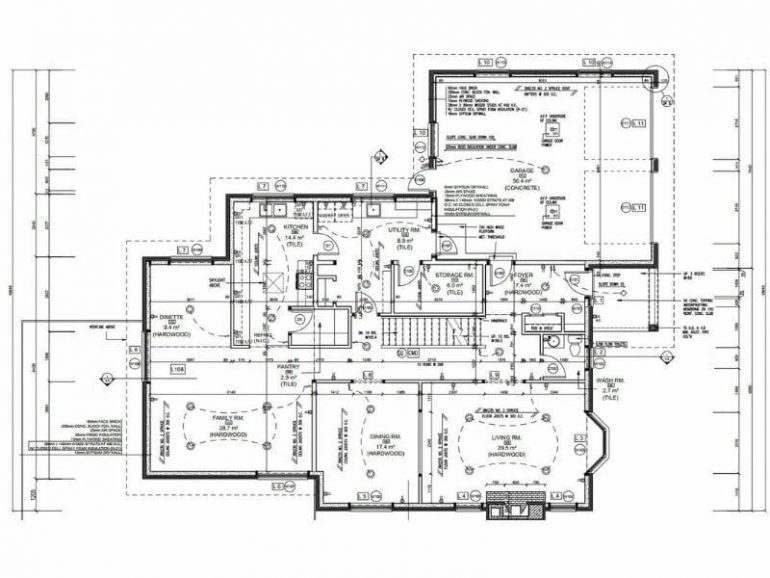
Developing the blueprint for the ideal source of shameAccording to a piece that was written and published by Archintosh in the year 1999, it was claimed that the story was originated by a UPS driver who delivered materials to the architectural firm that designed Gates’ enormous Washington residence Xanadu 2.0.
The fictional residence of Charles Foster Kane, the protagonist of the film “Citizen Kane,” was the inspiration for the design of this 66,000-square-foot property, which was created by James Cutler Architects in collaboration with Bohlin Cywinski Jackson (BCJ), an architectural practice that has won numerous accolades for its work. Back in those days, BCJ was well-known for being the only company in the United States to use exclusively Macintosh computers in all of their offices.
According to a report, the company’s Macintosh computer-aided design (CAD) systems were developed in the 1980s, and by the early 2000s, it had emerged as one of the most significant MicroStation Mac customers.
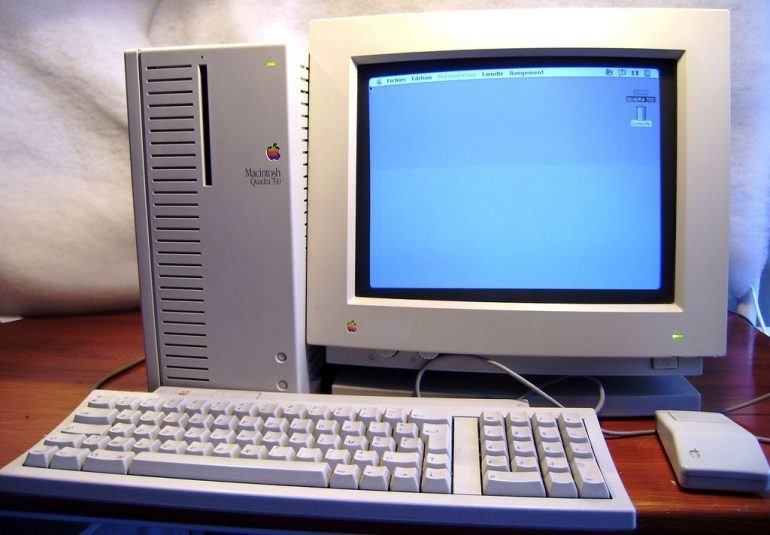
MicroStation is a platform for computer-aided design software that is utilized in the architectural and engineering fields. The year 1980 marks the beginning of its existence. Although the most recent versions of the software are only issued for computers running the Microsoft Windows operating system, in the 1990s, it was also available for use on Macintosh platforms. Apple Computer’s Macintosh Quadra 700, which was available for purchase from October 1991 to March 1993, possessed the necessary processing power to execute the software.
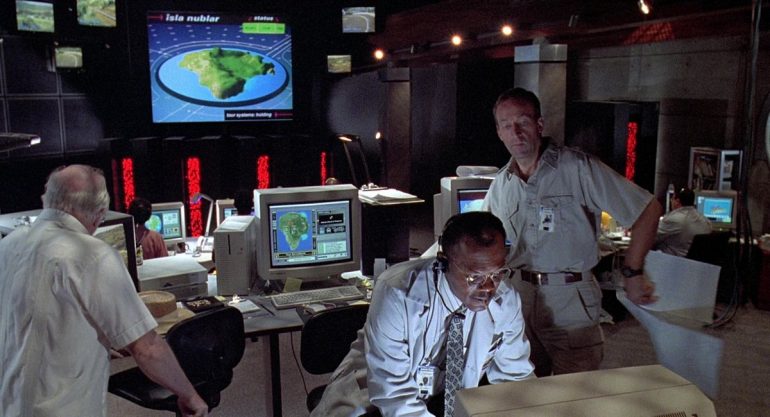
The Quadra 700 became widely known because to its appearance in the box office smash Jurassic Park (1993).
The Apple Quadra 700 was the company’s first computer to be sold in a mini-tower form factor. It was initially marketed at a price of $5700, which is about equivalent to an amount of $12500 now. The specifications comprised a Motorola 68040 central processing unit (CPU), 68 megabytes (MB) of random access memory (RAM), and either an 80 or 160 MB hard disk, depending on the configuration.
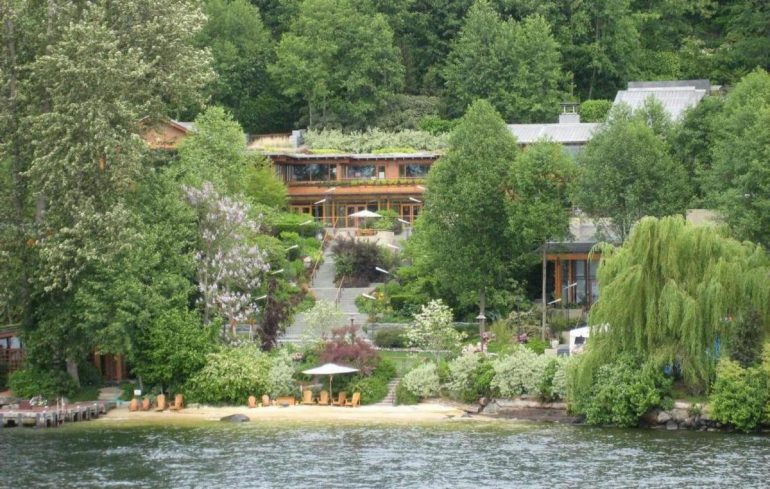
A rumor without foundation or a fact that’s tough to process?Macintosh computers may have been used in the construction of Bill Gates’s fabled dream home, which is located in Medina, Washington, and overlooks Lake Washington. The architects who were employed by Bohlin Cywinski Jackson at the time asserted that practically all of the megaproject’s drawings were done by hand, which was not an unusual practice in those days.
Almost every aspect of the extraordinarily complicated design was sketched by hand on separate sheets using conventional techniques. On the other hand, it seems that the BCJ architects who were working on the project modeled the garage area of the home in ModelShop.

There’s no information on the kind of computers or tools used by James Cutler Architects on this project, however. Working closely with BCJ, they very well might have been inspired to use Macintosh computers for the design work. Who knows? But yes, Macs were in fact used for designing Gates’ mansion, even if the involvement was extremely limited.
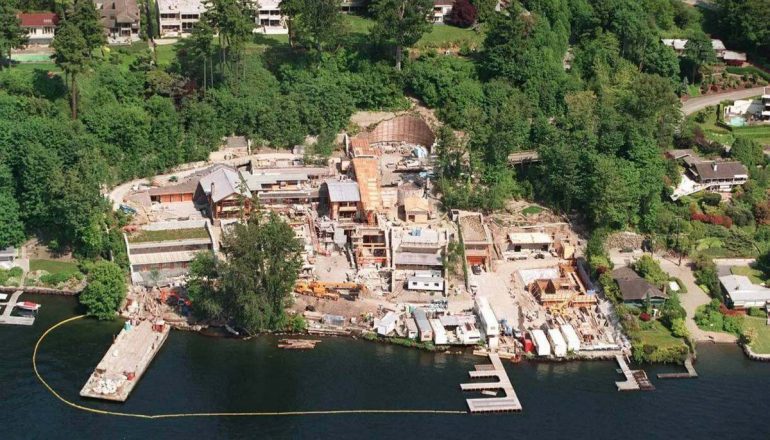
Xanadu 2.0 – an architectural marvel and a technological masterpieceBill Gates’ massive mansion in Medina, overlooking Lake Washington, is considered one of the most expensive houses in the world. While it is currently believed to be worth $130 million, the billionaire was charged a whopping $1 million in property tax back in 2009 with a total assessed value of $147.5 million. The luxurious house was constructed at a cost of $63 million and took 7 years to be built with the help of over 300 construction workers.
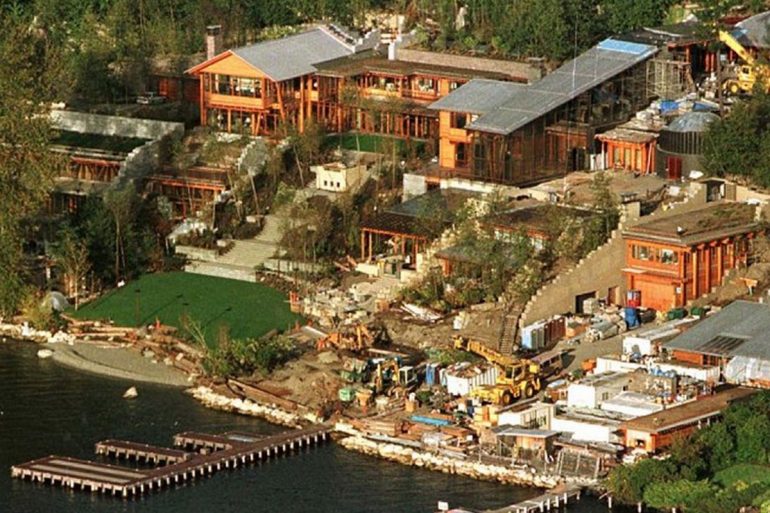

The Pacific Lodge-themed house is not only an architectural marvel but also a technology masterpiece. One of the highlights is a high-tech system that controls the climate and lighting inside the rooms which are monitored by an array of sensors.

Furthermore, guests are given a pin-like device that captures their personal preferences, including preferred temperature, lighting, and even choice of music. Several of the walls inside the mansion are outfitted with special screens displaying photos, paintings, and even high-end art.

There’s a 40-year-old maple tree that is constantly monitored by a computer. It is automatically watered when the computer senses the tree has become too dry. Most of the basic functions inside the mansions are also done autonomously. It’s safe to call Gates’ mansion the smartest house on the planet.

Spread over 66,000 square feet, the mansion only has 7 bedrooms, which is slightly puzzling considering its size. However, there are 6 kitchens and 24 bathrooms, 10 of which contain bathtubs. The reception hall is so big that it can accommodate up to 200 guests. It features a massive 22-foot-video screen on one of the walls along with a 6 feet-wide limestone fireplace.
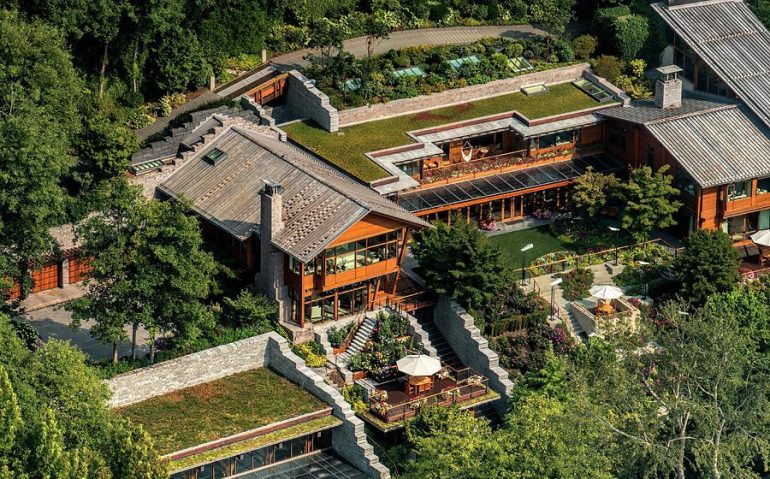
A 60-foot swimming pool has its own 3,900 square feet building and gets things like an underwater music system and a floor painted in a fossil motif. There is also a glass wall that one could swim under to reach the terrace outside.
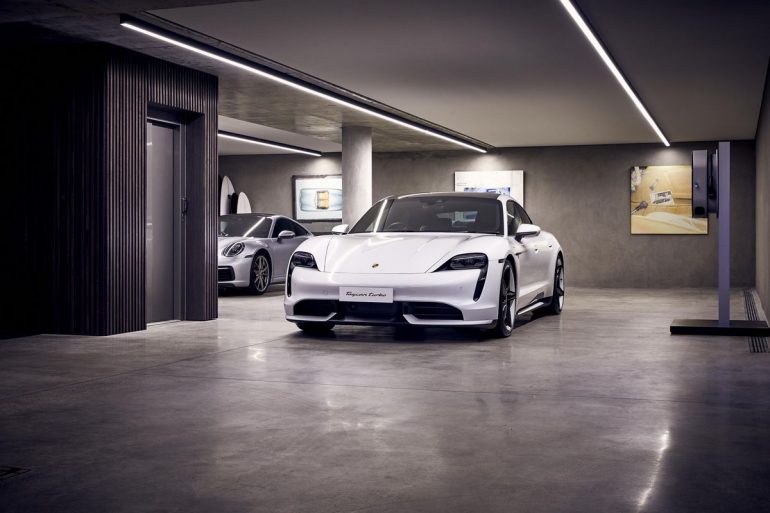
The property has several garages used by Gates to store his car collection. The most notable of them is the underground garage which can accommodate up to 10 cars and is constructed out of concrete and stainless steel. The massive 2,100-square-foot personal library includes a 16th-century Leonardo da Vinci manuscript worth $30.8 million.
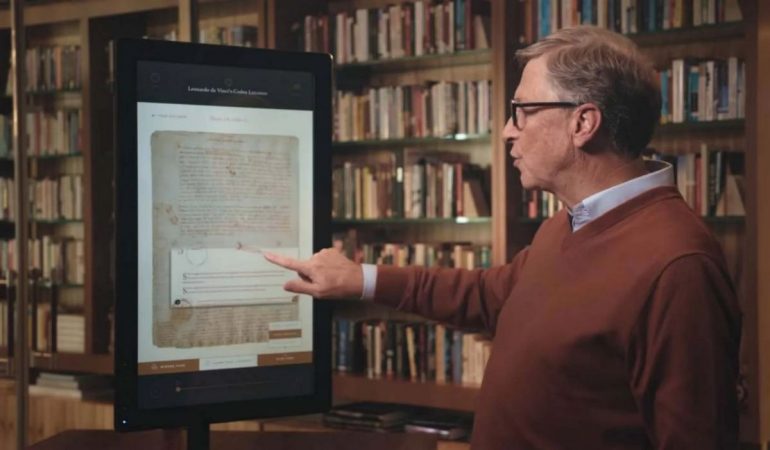
Other luxury amenities include a steam room, sauna, and a 25,000 square feet gym. However, one of the most outrageous facts linked to Xanadu 2.0 is that fresh sand is delivered by a barge from St. Lucia each year on the lakefront shore. Despite all of this, the billionaire’s ex-wife Melinda never thought of Xanadu 2.0 as her forever home. What a shame!